当前位置:网站首页>线程池拒绝策略最佳实践
线程池拒绝策略最佳实践
2022-07-07 11:05:00 【BUG指挥官】
之前线上项目偶发出现线程池耗尽的问题,最近终于有空能好好研究一把,问题实际并不复杂,也得益于Dubbo线程池的拒绝策略才能很快找到大致的原因。
通过这个问题,也有些好奇各家使用的线程池拒绝策略是怎样的,刨刨坑、挖挖土,一起来看看吧~
问题背景
之前线上偶发出现线程池耗尽问题,现象如下: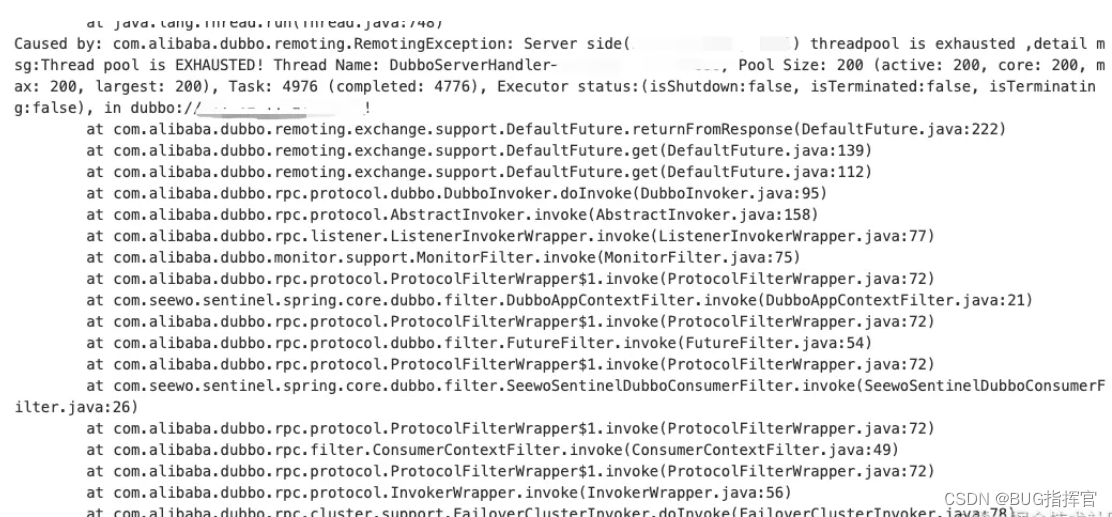
在调用下游Dubbo接口时,提示Server端的线程池耗尽。
最开始以为是有突发流量,但是监控显示流量稳定,并且扩容后发现问题依然存在,渐渐意识到问题并不简单。

问题分析
既然有异常日志和堆栈,先看看到底什么场景下会出现这个异常。在Dubbo源码中,我们可以找到这一段提示出现在AbortPolicyWithReport中。
public class AbortPolicyWithReport extends ThreadPoolExecutor.AbortPolicy
AbortPolicyWithReport继承自 java.util.concurrent.ThreadPoolExecutor.AbortPolicy,是一种线程池拒绝策略,当线程池中的缓冲任务队列满,且线程数量达到最大时,就会触发拒绝策略,调用拒绝策略的rejectedExecution()方法进行处理。
那么,有哪些不同的拒绝策略呢?
JDK线程池拒绝策略
在java.util.concurrent.ThreadPoolExecutor,我们可以找到JDK预设置的四种拒绝策略:
- CallerRunsPolicy - 调用者线程处理
该策略下,如果线程池未关闭,则交由当前调用者线程进行处理,否则直接丢弃任务。
public void rejectedExecution(Runnable r, ThreadPoolExecutor e) {
if (!e.isShutdown()) {
r.run();
}
}
- AbortPolicy - 抛出异常
如果不配置拒绝策略的话,线程池会默认使用该策略,直接抛出rejectedExecution,交由上层业务处理。
public void rejectedExecution(Runnable r, ThreadPoolExecutor e) {
throw new RejectedExecutionException("...");
}
- DiscardPolicy - 丢弃当前任务
最简单的处理方法,直接丢弃。
//实际方法体就是空的,即该场景下不处理,直接丢弃
public void rejectedExecution(Runnable r, ThreadPoolExecutor e) {
}
- DiscardOldestPolicy - 丢弃下一个要执行的任务
该策略是丢弃队列中最老的任务(其实就是下一个要执行的任务),并尝试执行当前任务。
public void rejectedExecution(Runnable r, ThreadPoolExecutor e) {
if (!e.isShutdown()) {
e.getQueue().poll();
e.execute(r);
}
}
Dubbo线程池拒绝策略
那么Dubbo的拒绝策略是怎样的呢?
其实从名字就能看出来,AbortPolicyWithReport。
public class AbortPolicyWithReport extends ThreadPoolExecutor.AbortPolicy {
...
@Override
public void rejectedExecution(Runnable r, ThreadPoolExecutor e) {
String msg = String.format("Thread pool is EXHAUSTED!" + ...);
logger.warn(msg);
dumpJStack();
dispatchThreadPoolExhaustedEvent(msg);
throw new RejectedExecutionException(msg);
}
...
}
Dubbo的拒绝策略是抛出异常RejectedExecutionException,同时还会做一件事情 - dumpJStack(),记录下当时的JVM线程堆栈。
dumpJStack
先来看看源码。
private void dumpJStack() {
//一些dump时间间隔和并发控制
...
//新建单线程池用于dump堆栈
ExecutorService pool = Executors.newSingleThreadExecutor();
pool.execute(() -> {
...
try (FileOutputStream jStackStream = new FileOutputStream(
new File(dumpPath, "Dubbo_JStack.log" + "." + dateStr))) {
JVMUtil.jstack(jStackStream);
} catch (Throwable t) {
logger.error("dump jStack error", t);
}
...
});
...
}
做法其实很简单,最终调用JVMUtil.jstack把当前JVM的线程堆栈dump下来,而这样做有一个很大的好处,就是能知道当时其他线程到底在做什么,帮助分析线程池溢出的原因。
原因分析
有线程堆栈就好办了,看看当时线程都在做什么。
Dubbo底层使用Netty实现网络通信,涉及的线程池包括IO线程池(boss、worker)和业务线程池(处理业务事件)。通过之前的日志可以看到是Server端的业务线程池,即DubboServerHandler耗尽,那么统计一把,看看线程都在做什么。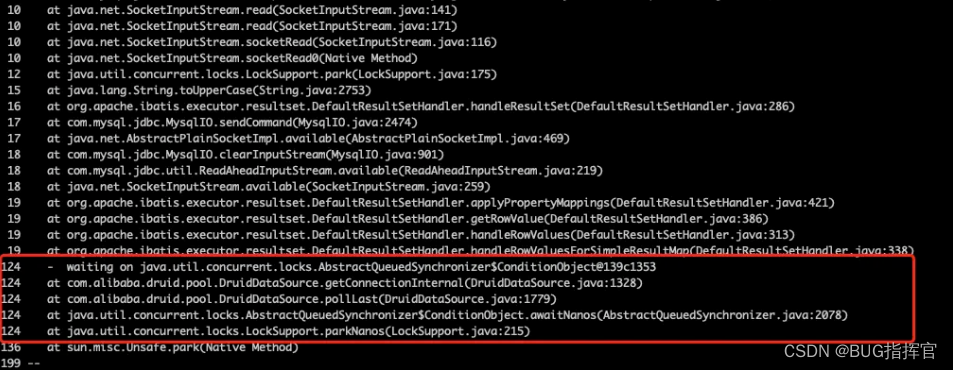
很明显,大量的线程都阻塞在获取DB连接上。那接下来就好办了,可以看看同时间段是不是有慢查询长时间占住了连接,或者是真的连接池小了,线程池和连接池配比不对,分析至此就不继续展开(并不是讨论重点哈哈)。
不同的拒绝策略
可以看到,Dubbo通过重写了拒绝了策略,来帮助异常场景下进行问题定位,带来了很大的帮助。
那么其他主流组件是怎么做的呢?
RocketMQ
以Broker为例,其中包含了非常多的线程池用于处理不同的消息处理场景,包含send、put、pull、query等等。
在线程池的使用上,RocketMQ通过BrokerFixedThreadPoolExecutor继承封装了一层ThreadPoolExecutor,上层可以自行传入参数,其中也包含了可配置的RejectedExecutionHandler。
实际在Broker创建消息处理的不同线程池时,并没有指定特殊的拒绝策略,所以使用的是默认的AbortPolicy,即抛出异常。
this.sendMessageExecutor = new BrokerFixedThreadPoolExecutor(
this.brokerConfig.getSendMessageThreadPoolNums(),
this.brokerConfig.getSendMessageThreadPoolNums(),
1000 * 60,
TimeUnit.MILLISECONDS,
this.sendThreadPoolQueue,
new ThreadFactoryImpl("SendMessageThread_")
//并没有设置拒绝策略
);
同时为了避免任务溢出,为每个线程池默认设置了较大的任务队列大小。
private int sendThreadPoolQueueCapacity = 10000;
private int putThreadPoolQueueCapacity = 10000;
private int pullThreadPoolQueueCapacity = 100000;
private int replyThreadPoolQueueCapacity = 10000;
private int queryThreadPoolQueueCapacity = 20000;
private int clientManagerThreadPoolQueueCapacity = 1000000;
private int consumerManagerThreadPoolQueueCapacity = 1000000;
private int heartbeatThreadPoolQueueCapacity = 50000;
private int endTransactionPoolQueueCapacity = 100000;
综上,RocketMQ的拒绝策略使用了AbortPolicy,即抛出异常,同时为了避免任务队列溢出,设置了较大的任务队列。
Netty
以EventLoopGroup为例,线程池的拒绝策略默认使用RejectedExecutionHandlers,通过单例模式提供Handler进行处理。
public final class RejectedExecutionHandlers {
private static final RejectedExecutionHandler REJECT = new RejectedExecutionHandler() {
@Override
public void rejected(Runnable task, SingleThreadEventExecutor executor) {
throw new RejectedExecutionException();
}
};
private RejectedExecutionHandlers() { }
public static RejectedExecutionHandler reject() {
return REJECT;
}
...
}
可以看出,Netty的拒绝策略默认也是抛出异常,与RocketMQ对比的不同的点在于,任务队列的大小会取max(16, maxPendingTasks),io.netty.eventLoop.maxPengdingTasks可通过环境变量进行配置。
Doris
团队内一直在用Doris,属于计算存储分离、MPP架构的分析型存储组件,看了一眼FE中的拒绝策略,官方实现了两种:
LogDiscardPolicy
static class LogDiscardPolicy implements RejectedExecutionHandler {
private static final Logger LOG = LogManager.getLogger(LogDiscardPolicy.class);
private String threadPoolName;
public LogDiscardPolicy(String threadPoolName) {
this.threadPoolName = threadPoolName;
}
@Override
public void rejectedExecution(Runnable r, ThreadPoolExecutor executor) {
LOG.warn("Task " + r.toString() + " rejected from " + threadPoolName + " " + executor.toString());
}
}
可以理解就是DiscardPolicy,丢弃任务,同时记录warn日志。
BlockedPolicy
static class BlockedPolicy implements RejectedExecutionHandler {
private String threadPoolName;
private int timeoutSeconds;
public BlockedPolicy(String threadPoolName, int timeoutSeconds) {
this.threadPoolName = threadPoolName;
this.timeoutSeconds = timeoutSeconds;
}
@Override
public void rejectedExecution(Runnable r, ThreadPoolExecutor executor) {
try {
executor.getQueue().offer(r, timeoutSeconds, TimeUnit.SECONDS);
} catch (InterruptedException e) {
LOG.warn("Task " + r.toString() + " wait to enqueue in " + threadPoolName + " " + executor.toString() + " failed");
}
}
}
这种策略会特殊一些,它会阻塞住当前线程,尽最大努力尝试将任务放入队列中。如果超过指定的阻塞时间timeoutSeconds(默认60s),仍然无法将任务放入队列中,则记录warn日志,并丢弃任务。
这两种策略在Doris中都有实际使用到,同时线程池的任务队列大小默认设置为10。
ElasticSearch
ES的拒绝策略相对复杂一些,其自定义实现了两种拒绝策略。
- EsAbortPolicy
public class EsAbortPolicy extends EsRejectedExecutionHandler {
@Override
public void rejectedExecution(Runnable r, ThreadPoolExecutor executor) {
if (r instanceof AbstractRunnable) {
if (((AbstractRunnable) r).isForceExecution()) {
BlockingQueue<Runnable> queue = executor.getQueue();
if ((queue instanceof SizeBlockingQueue) == false) {
throw new IllegalStateException("forced execution, but expected a size queue");
}
try {
((SizeBlockingQueue<Runnable>) queue).forcePut(r);
} catch (InterruptedException e) {
Thread.currentThread().interrupt();
throw new IllegalStateException("forced execution, but got interrupted", e);
}
return;
}
}
incrementRejections();
throw newRejectedException(r, executor, executor.isShutdown());
}
}
其实本质上就是AbortPolicy,但是会进行一些特殊处理,包括forceExecution强制执行的判断、任务拒绝次数统计,最终抛出异常。
ES中,线程池的
forceExecution是指什么?在满足条件的情况下,即使用了ES自定义的
AbstractRunnable进行任务封装、SizeBlockingQueue作为任务队列时,可以根据任务配置判断是否强制放入任务队列。对于一些比较重要的任务,不能丢弃时,可以将forceExecution设置为true。强制放入任务队列带来的效果取决于
SizeBlockingQueue中封装的队列类型,如果封装的是ArrayBlockingQueue,则会阻塞等待队列有空余;如果封装的是LinkedTransferQueue,由于队列大小无限,且put使用的是ASYNC模式,所以会立刻放入队列并返回。
- ForceQueuePolicy
static class ForceQueuePolicy extends EsRejectedExecutionHandler {
...
@Override
public void rejectedExecution(Runnable task, ThreadPoolExecutor executor) {
if (rejectAfterShutdown) {
if (executor.isShutdown()) {
reject(executor, task);
} else {
put(executor, task);
if (executor.isShutdown() && executor.remove(task)) {
reject(executor, task);
}
}
} else {
put(executor, task);
}
}
private static void put(ThreadPoolExecutor executor, Runnable task) {
final BlockingQueue<Runnable> queue = executor.getQueue();
// force queue policy should only be used with a scaling queue
assert queue instanceof ExecutorScalingQueue;
try {
queue.put(task);
} catch (final InterruptedException e) {
assert false : "a scaling queue never blocks so a put to it can never be interrupted";
throw new AssertionError(e);
}
}
private void reject(ThreadPoolExecutor executor, Runnable task) {
incrementRejections();
throw newRejectedException(task, executor, true);
}
}
}
该策略在线程池未关闭,且使用了ES自定义的ExecutorScalingQueue的任务队列时,会强制将任务放入线程池队列中。其中,ExecutorScalingQueue也是继承自LinkedTransferQueue,最终调用put方法以ASYNC模式放入任务队列中。
看上去也是
forceExecution,而且最终都是使用LinkedTransferQueue的put方法以ASYNC模式非阻塞入队列。那么EsAbortPolicy和ForceQueuePolicy有什么不同呢?两者有很多相似点,都有
forceExecution的判断,而且拒绝时都是抛出RejectedExecutionException。不同点在于,
ForceQueuePolicy默认采用强制执行模式,且在线程池关闭时依然可能往队列放入任务。
其他
在GitHub上随意翻了一下,也有看到用策略链的方式,实现也很简单,可以随意组合配置不同的策略。
public class RejectedExecutionChainPolicy implements RejectedExecutionHandler {
private final RejectedExecutionHandler[] handlerChain;
@Override
public void rejectedExecution(Runnable r, ThreadPoolExecutor executor) {
for (RejectedExecutionHandler handler : handlerChain) {
handler.rejectedExecution(r, executor);
}
}
}
总结
拒绝策略主要应用在线程池出现资源溢出的情况下,除了常见的由JDK提供的四种拒绝策略外,不同的组件也会尝试使用不同的拒绝策略来应用。
JDK提供的拒绝策略
| 类型 | 说明 |
|---|---|
| CallerRunsPolicy | JDK提供,调用者线程处理 |
| AbortPolicy | JDK线程池默认使用,抛出RejectedExecutionException异常 |
| DiscardPolicy | JDK提供,丢弃当前任务 |
| DiscardOldestPolicy | JDK提供,丢弃下一个要执行的任务 |
自定义拒绝策略
| 组件 | 类型 | 说明 |
|---|---|---|
| RocketMQ | AbortPolicy | 使用的线程池默认拒绝的略,即AbortPolicy |
| Dubbo | AbortPolicyWithReport | 抛出RejectedExecutionException异常,并报告溢出,记录下JVM线程堆栈 |
| Netty | RejectedExecutionHandlers | 逻辑与AbortPolicy一致,抛出异常,封装为单例Handler使用 |
| Doris | LogDiscardPolicy | 逻辑与DiscardPolicy一致,丢弃任务,并记录warn日志 |
| Doris | BlockedPolicy | 尽最大努力尝试将任务放入队列执行,最多等待60s,超时后记录warn日志,并丢弃任务 |
| Elastic | EsAbortPolicy | 正常情况下与AbortPolicy一致,如果线程标记强制执行,则强制执行或放入任务队列,实际入队列的表现取决于队列类型,可能阻塞或立即返回 |
| Elastic | ForceQueuePolicy | 默认强制执行任务或放入任务队列,异步非阻塞 |
| 其他 | PolicyChain | 策略链,包含多种拒绝策略,根据条件与节点处理结果决定最终表现 |
边栏推荐
猜你喜欢

飞桨EasyDL实操范例:工业零件划痕自动识别
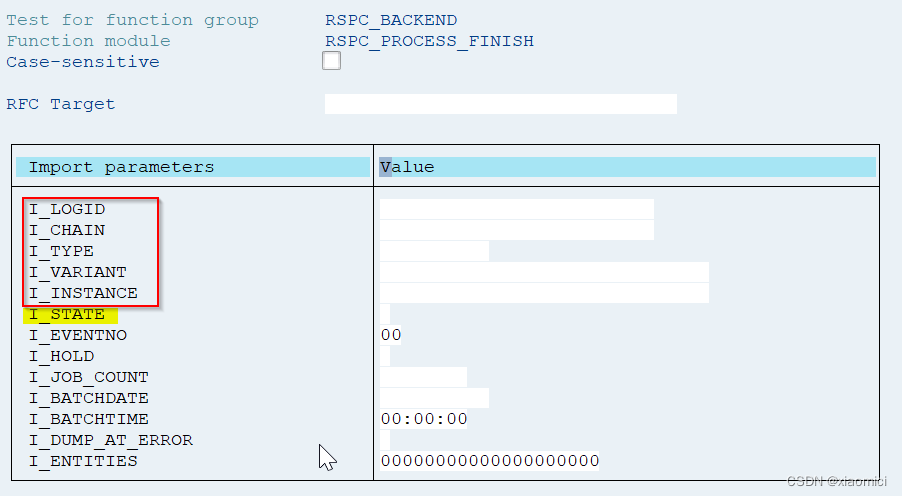
How to continue after handling chain interruption / sub chain error removed from scheduling

关于 appium 启动 app 后闪退的问题 - (已解决)

Practical example of propeller easydl: automatic scratch recognition of industrial parts
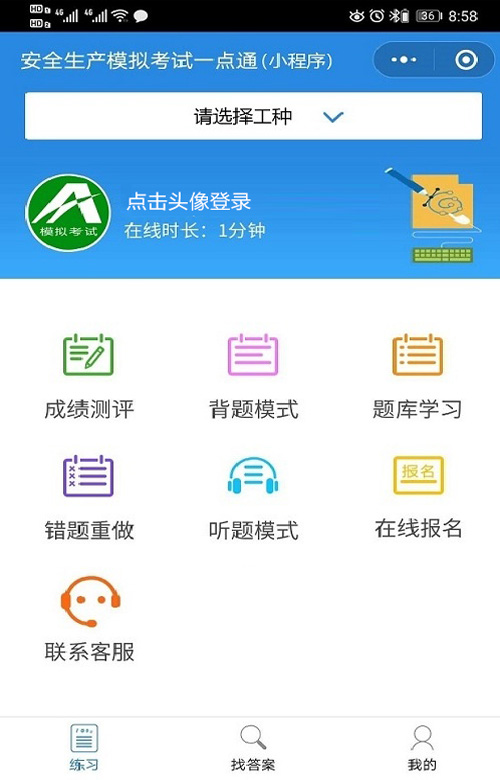
2022 polymerization process test question simulation test question bank and online simulation test
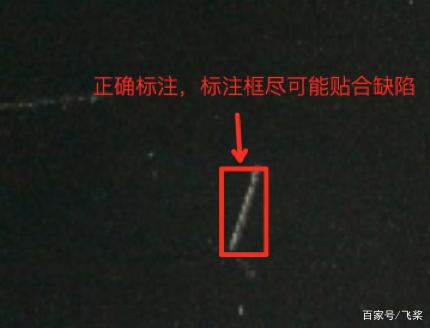
飞桨EasyDL实操范例:工业零件划痕自动识别
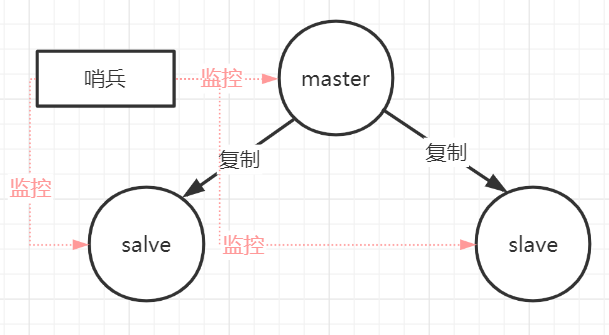
Talk about four cluster schemes of redis cache, and their advantages and disadvantages

【无标题】
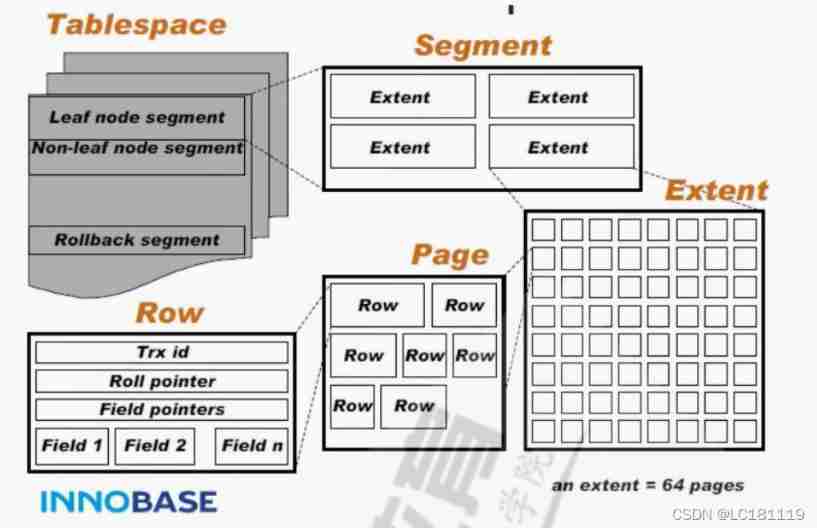
Differences between MySQL storage engine MyISAM and InnoDB

聊聊Redis缓存4种集群方案、及优缺点对比
随机推荐
Test next summary
认养一头牛冲刺A股:拟募资18.5亿 徐晓波持股近40%
【无标题】
Day-16 set
Importance of database security
Day-19 IO stream
Common text processing tools
What kind of methods or functions can you view the laravel version of a project?
[untitled]
在字符串中查找id值MySQL
Cookie
The difference between cache and buffer
HZOJ #240. Graphic printing IV
2022a special equipment related management (boiler, pressure vessel and pressure pipeline) simulated examination question bank simulated examination platform operation
MySQL master-slave replication
Awk of three swordsmen in text processing
Day-24 UDP, regular expression
Query whether a field has an index with MySQL
Session
Design and implementation of communication protocol